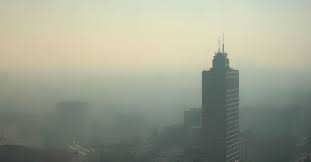Milan has been identified as one of the top 10 most polluted cities globally, registering an Air Quality Index (AQI) of 149. This level indicates unhealthy air conditions for sensitive groups, including children, the elderly, and individuals with preexisting health conditions.
Causes of Deteriorating Air Quality
Experts attribute Milan’s pollution surge to a combination of regional emissions, traffic congestion, and stagnant weather patterns. Particulate matter, particularly PM2.5, has increased significantly in recent weeks, raising concerns about respiratory health and the risk of cardiovascular complications.
“Milan’s air pollution is largely influenced by emissions from vehicles, industry, and neighboring regions, compounded by calm weather that prevents dispersal,” said a local environmental specialist.
Health Advisories for Residents
Authorities recommend that residents, especially sensitive groups, limit outdoor activities during high-pollution days. Protective measures such as masks, air purifiers, and minimizing car usage are advised to reduce exposure to harmful particles.
City Initiatives and Long-Term Measures
Milan is exploring strategies to improve air quality, including:
- Implementing low-emission zones to reduce vehicular pollution.
- Introducing stricter industrial regulations and monitoring emissions.
- Promoting green energy adoption and increasing urban vegetation.
- Encouraging public transport and sustainable mobility solutions.
Regional Implications
As seasonal air quality challenges affect Europe, Milan’s ranking among the most polluted cities underscores the need for coordinated regional efforts to combat pollution and protect public health.
Conclusion
Milan’s elevated AQI of 149 highlights the pressing environmental and health challenges facing urban centers. Combining public awareness, policy interventions, and sustainable practices will be critical to improving air quality and safeguarding residents in the coming years.

